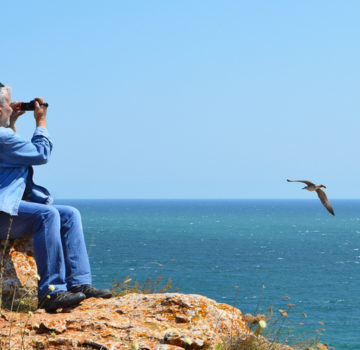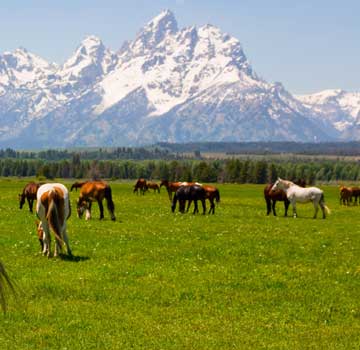Off the Beaten Path offers a wonderful guided small-group tour that includes Everglades, Biscayne, and Dry Tortugas National Parks, designed and offered in association with our partner National Parks Conservation Association. We can also design a private custom trip for you, connecting you with naturalist guides along the way to deepen your experience and understanding of these unique and important ecosystems.
Here’s a rundown of our three favorite National Parks in Florida where you can see wildlife, paddle a kayak or canoe or catch a tour boat, and learn about some of Florida’s most significant wild places.
Everglades National Park
The shorthand description of Everglades National Park is “a 1.5-million-acre wetland in South Florida, often compared to a grassy, slow-moving river.” But let’s unpack the shorthand to get the deeper story. Unlike Yosemite and Grand Canyon National Parks, which were created to protect majestic scenery, Everglades National Park was established to preserve a fast-disappearing portion of the Everglades ecosystem—a complex, interdependent, and magical network of wetlands, mangroves, hardwood hammocks, and pine forests fed by a slow-moving current of water that seeps and flows out of Lake Okeechobee. This mosaic of habitats supports a community of plants and animals that aren’t found anywhere else on earth.
Nearly 90 percent of the park is designated as wilderness. You can get a great sense of it from high up in the observation tower at Shark Valley, looking out over a seemingly endless landscape with no roads, no buildings, nothing but an inexorable drift of water flowing through wetland habitat. Shark Valley is just one of three unconnected entrances to the Everglades, and each provides a different view and experience of the park. Between them you have access to all kinds of activities and explorations—you can bike through the pinelands, kayak Florida Bay watching for manatees and dolphins, paddle among the mangroves on Nine-Mile Pond, follow a ranger on a slough slog through the heart of a cypress dome, or take a wildlife watching walk along the Anhinga Trail looking for turtles, herons, and alligators.
Biscayne National Park
Less than 50 miles from Miami, Biscayne National Park is a world away from the hustle, noise, and concrete of the city—especially the concrete, as the park is 95 percent water. Four different ecosystems within those waters are protected: the mangrove swamp along the shoreline, shallow Biscayne Bay itself, the offshore Florida reef (one of the largest coral reefs in the world), and a number of coral limestone keys. Elliott Key is the largest island in the park and is the first of the true Florida Keys, formed by fossilized coral reefs. One of the neatest experiences in the park is “paddle birding”—following a park naturalist out into the mangroves in your own paddlecraft to spot such birds as osprey, frigate birds, terns, warblers, sparrows, woodpeckers.
Dry Tortugas National Park
Dry Tortugas National Park is the anchor at the bottom of the Florida Keys, lying about 68 miles off Key West in the Gulf of Mexico. The “tortugas” part of the name comes from the Spanish for turtle, with both green and loggerhead turtles nesting here. The “dry” part of the name refers to the absence of fresh surface water on the seven islands within the park. Of course the park is anything but dry if you count saltwater. In fact, the 100-square-mile park is mostly open water, and is accessible only by boat or seaplane. Visitors come to snorkel the coral reefs, dive the shipwrecks, go bird watching, and walk through Fort Jefferson, a historic coastal fortress that looks like it’s parked in the water, but is actually built atop Garden Key. Although unfinished, Fort Jefferson is nevertheless the largest masonry structure in the Western Hemisphere. The Fort was used as a prison in the mid 19thcentury, and has ties to Civil War history.
Hard core birders definitely have this park on their map, as it’s one of North America’s biggest birding hotspots during the spring migration. Along with its raucous colonies of nesting sooty terns, masked boobies, and magnificent frigatebirds, birdwatchers might see roseate terns, shearwaters, and other seabirds. On stormy days or at night during the migration, long-eared owls, fork-tailed flycatchers, Cuban pewees, and other birds seek shelter in island trees and bushes.

















